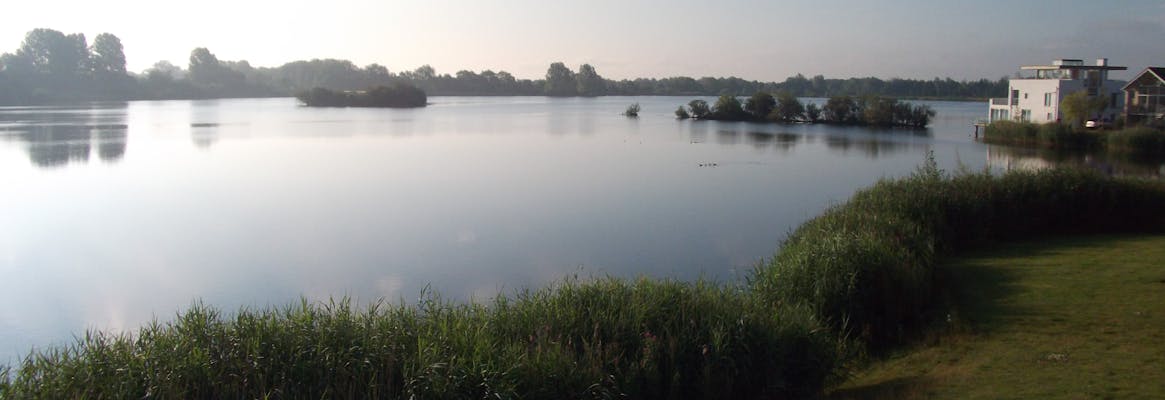What is the Cotswold Water Park?
When we first drove past the brown tourist sign for Cotswold Water Park all those years' ago, we imagined some enormous water slides amd bouncy inflatables. Little did we know that it is actually an area of 40 square miles and 150 lakes in Gloucestershire and West Oxfordshire. Lower Mill Estate is a private nature reserve of exclusive second homes in one corner of the water park which boasts many water sport activities (and yes, there are inflatables just five minute's drive from Goose Nest House https://www.cotswoldcountryparkandbeach.com/aquaventure/ as well as sailing and jet skiing all available a short drive away.
But the Water Park is much more than that - most recently the lakes were gravel pits mined for thier gravel that have flooded and naturalised into the beautiful nature reserves and lakes that you see today. But their origins go back to the Jurassic period over 175 million years ago when the area was part of a warm, sub-tropical sea. The gravel deposits formed 355,000 and 45,000 years ago during the Ice Age when the short summers melted the ice and brought small rocks along their tributaries
The gravel lies just under the surface, between 0.5m – 6m deep and remnants of Ice Age woolly mammoth, rhino, deer and bison have been found. In 2005 a complete woolly mammoth skull was uncovered, and is now on show at the Gateway Centre just ten minutes drive from Goose Nest House at the Visitor Centre at the top of Spine Road.
Below the gravels, in the Oxford Clays, remains of marine reptiles and various sea creatures such as ammonites, belemnites, gastropods can be found, although they are often trapped in nodules of clay which require some hefty hammering. The Cotswold Water Park Society manage fossil hunts throughout the year as well as many other activities related to the wildlife and history of the park. More information can be found on their website www.waterpark.org


